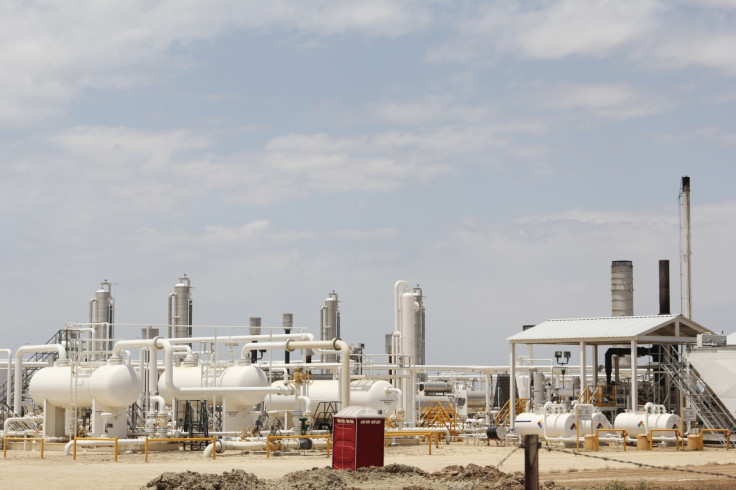Saudi Arabia declare victory over US shale producers

Saudi Arabia continues to intensify production, moving market share away from rival US shale producers.
According to Opec's latest monthly oil report, the kingdom's production rose to a record high of 10.3 million barrels a day in April, a slight rise over the previous month's total of 10.29 million barrels. This is the highest oil production level in more than three decades and there is no sign that it plans to reverse its policy at next month's meeting of Opec, the producer's cartel.
Saudi Arabia has increased production by approximately 70,000 barrels per day since the fourth quarter of 2014 in an attempt to keep market share. However, the crash in oil prices recently, is pushing some production out of the market.
"There is no doubt about it, the price fall of the last several months has deterred investors away from expensive oil, including US shale, deep offshore and heavy oils," a Saudi official told the Financial Times in Riyadh.
The International Energy Agency, the world's leading forecaster, announced yesterday, that the number of rigs running in the US plunged around 60% in response to lower oil prices, US shale had "buckled" in April "bringing a multi-year winning streak to an apparent close".
The agency has already predicted a 57,0000 barrels-per-day-decline for May, the agency now states that a further 86,000 barrels per day in output will disappear in June. So, to put simply as Saudi Arabia shows further growth, US shale is cutting back, the data is starting to confirm the success of the Kingdom's strategy.
However the IEA official also said it would be too early to suggest whether OPEC had won the battle for market space. It said that global crude supply was on the rise, even from countries such as Brazil and Iran and Iraq.
Market participants are expecting the market to start to tighten by mid-year, which the IEA said yesterday as one of the recent reasons for the rally in oil prices. The oil market crashed from $115 a barrel last June to about $45 in January, Brent, the international crude benchmark, is currently around $68 per barrel.
Despite Saudi Arabia producing at its peak in more than 30 years, oil prices have jumped back from their lows. WTI has risen more than 36 percent since March now trading around $60 per barrel. Brent has moved past $66 per barrel, which is up 26 percent in two months.
The growth in oil prices has come as demand is starting to return to the market. Also, stronger-than expected economic performance in Europe, as well as monetary stimulus in China has also helped showing stronger demand for oil in the months ahead. Opec predicts demand for 2015 to rise by 1.18 million barrels per day, a more positive outlook from previous predictions and a higher rate of growth from the previous year of 0.96 million-barrels-per-day increase.
Opec and the International Energy Agency predict that global oil production is still 1.5 million barrels per day higher than consumption.
© Copyright IBTimes 2025. All rights reserved.





















